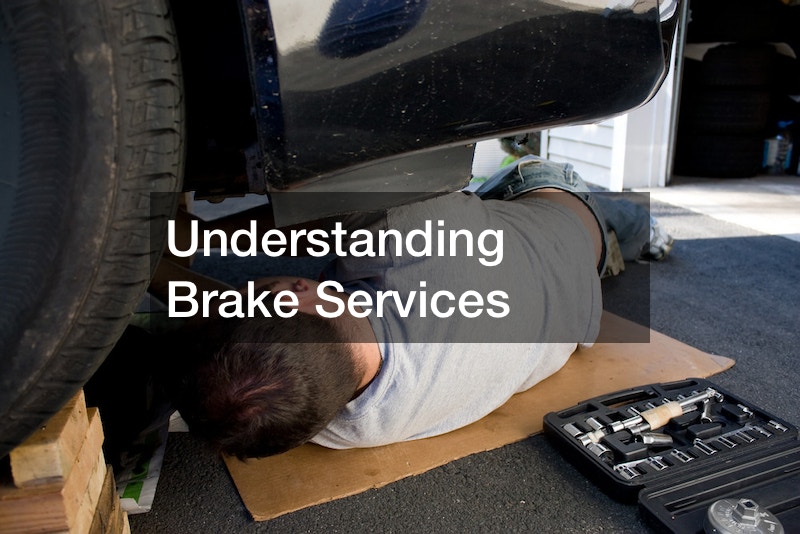
Semi Trailer Repair 101 What Every Driver Should Know

Understanding the basics of semi trailer repair is crucial for every driver to ensure safety, efficiency, and longevity of their vehicles. This guide provides essential insights into common repair issues, preventative maintenance, and cost-effective solutions. With a detailed approach, drivers can preemptively address potential problems, saving time and money in the long run.
Brake System Failures
Brake system failures are one of the most critical issues facing semi trailers. Drivers commonly encounter air leaks and faulty brake pads that can compromise safety. Addressing these issues promptly involves regular system inspections and immediate replacement of worn components to minimize the risk of accidents.
The brake system, being crucial for safety, demands regular attention. Drivers should regularly check for air leaks using soapy water technique and listen for unusual noises. Addressing brake pad wear involves understanding the thickness limits and replacing them before they compromise stopping power.
Proactive maintenance reduces the chance of brake system failures. Technological advancements such as brake monitoring systems can alert drivers to potential problems before they escalate. By investing in routine brake assessments, drivers can ensure efficient braking performance and reduce repair costs over time.
Tire Wear and Tear
Tires are often subject to abnormal wear and tear, affecting vehicle performance and safety. Identifying unusual wear patterns, such as uneven tread wear or bald spots, is essential for maintaining optimal tire performance. Regular alignment checks and proper inflation levels can significantly extend tire life.
One contributing factor to excessive tire wear is overloading the trailer beyond its capacity. Ensuring proper weight distribution can help mitigate this issue. Regular tire rotations and inspections should be part of any driver’s routine to catch early signs of wear.
Another preventive measure is monitoring tire pressure closely with modern TPMS (Tire Pressure Monitoring Systems). This technology alerts drivers to under-inflated or over-inflated tires, preventing potential blowouts. Investing in high-quality tires also contributes to prolonged performance and reduced repair frequency.
Electrical System Troubles
Electrical system troubles, including wiring issues and lighting failures, are common but manageable with regular checks. Faulty connections or damaged wires can lead to unreliable lighting and compromised safety. Regularly inspecting and securing connections helps maintain a reliable electrical system.
Regular Inspection Protocols
Implementing regular inspection protocols is essential to catching potential issues early. Routine checks help identify minor problems before they become major repairs. Maintaining a detailed maintenance log can also aid in diagnosing persistent issues over time.
Drivers should establish a schedule for these inspections, ideally before long hauls or after challenging trips. Common areas to inspect include brakes, tires, and the electrical system. These checks not only enhance safety but also extend the trailer’s operational lifespan.
Proper Lubrication Practices
Lubrication is crucial in ensuring the longevity and performance of semi trailer components. Regular applications prevent metal parts from following a path of excessive wear and tear due to friction. Each component, from the hitch to the axle, requires attention to maintain smooth operation.
Drivers should focus on parts that undergo constant movement, such as pivots and joints. Manufacturers often provide specific recommendations for lubrication products and intervals. Adhering to these guidelines prevents component failure and helps maintain operational efficiency.
Scheduled Equipment Updates
Scheduled equipment updates are vital for ensuring that trailers function with optimal safety and efficiency. Recognizing wear signs can be challenging without routine checks and knowledge of recommended part lifespans. Updating obsolete parts is crucial for modern safety standards.
Parts such as brakes, tires, and electrical components evolve, necessitating timely upgrades. Drivers should seek durable replacements to reduce the frequency of breakdowns. Reliable upgrade sources include manufacturers and reputable suppliers.
Planning for upgrades minimizes unexpected breakdowns and related expenses. It’s cost-effective to replace aging parts before they fail, potentially avoiding more significant damage. Upgrading strategically ensures compliance with regulations and enhances road safety.
DIY Repairs vs Professional Services
Deciding between DIY repairs and professional services depends on the complexity and scale of the issue. Drivers with adequate mechanical knowledge might tackle simpler tasks, such as light bulb replacements or brake adjustments. For more complex electrical or structural repairs, hiring professionals can be a safer option.
Professional services often come with expertise and efficient tools that can’t be rivaled by DIY efforts. However, small fixes tackled by informed drivers can lead to immediate cost savings. Consideration of warranty and equipment intricacy guides the decision-making process between DIY and professional help.
Weighing these options requires a balance of expertise, cost, and time. While professional repairs ensure reliability, strategic DIY efforts can trim maintenance budgets. Regardless of the choice, safety and proper repair should remain the top priorities.
Effective semi trailer repair and maintenance involve understanding common issues, establishing preventative practices, and adopting cost-effective solutions. With the right knowledge and approach, drivers can enhance the performance and safety of their trailers while minimizing expenses. By committing to regular inspections, leveraging technology, and making informed repair decisions, maintaining a semi trailer can be both economical and manageable in the long term.
.



